We wish you a happy feast of St Alphonsus!
As I write, the printers are preparing our newspaper Catholic
and with it a book called
"Great Lovers of Solitude"
which is about
Saint Alphonsus' early life as a Redemptorist
and the lives of his Companions.
The following is the introduction to the book
which we hope will be of interest today when we are celebrating his feast.
 |
| St. Alphonsus, Great Lover of Solitude |
“The life of the members of the Congregation should be one of continual recollection [...]
they must be great lovers of solitude, and shall not leave their cells without necessity...”
[Redemptorist Rule approved by Pope Benedict XIV in 1749. (Part II, Chapter III, §I.)]
The Sons of the Most Holy Redeemer are a new group within the Church sprung from a return to the sources (ressourcement) of their spiritual family founded by St Alphonsus. Logically, the first and most fundamental return, indeed the sine qua non, was to the old Mass as it had been celebrated by our Saint himself. Much has been said about this and, indeed, there is not enough that can be said about the importance of the Holy Sacrifice of the Mass. Suffice it to say here, within the limited boundaries of an introduction, that with the old Mass the Transalpine Redemptorists began, as by a baptism of fire, their return to the wellsprings of the Redemptorist family.
Conjoint with a return to the old Mass they were also invited to return to the old Rules and to the study of the life and writings of St Alphonsus Maria and his first companions. Those early lives, texts and times, and their application to our own times, were, and remain, the goal of the fledgling community from its first beginnings in 1988.
In this regard there were two particularly important findings:
* Firstly, in those source documents, there was the strong emphasis on a life of solitude that was joined to the apostolic life and...
* Secondly, and less visible, the organization of the monastic and apostolic life into four dedicated periods or seasons.
The blueprint for the Transalpine Redemptorists’ work was the Pontifical Rule approved by the Church in 1749. Here the members are told that: “they must be great lovers of solitude, and shall not leave their cells without necessity…” From here they progressed.
St Alphonsus is very often depicted in mitre and cope with a quill in his hand; writing solemn words in a great tome — fitting iconography for a Doctor of the Church. But, in this case, it is simply iconography. What few people realize, is that the work for which the Saint was made Doctor was in fact written not by a bishop, but rather by a lover of solitude living in a windswept hermitage on the edge of a mountain, warming his numbed fingers, when they became too stiff to write, by clasping them on an heated iron by his table — “...thou, who comest out of the woods...” as a jealous critic wrote sneeringly. In fact, our Saint was not even a “Redemptorist” at the time, the institute being then called the “Fathers of St Saviours”; a tiny Neapolitan order which lacked both civil and pontifical approbation and for that matter even a fully codified Rule, and which had held on to this fragile existence for 18 years.
For these Fathers of St Saviours solitude was a major ingredient in their vocation. Within a year of their foundation in 1732, St Alphonsus had penned in his notebook for the Rule:
“One year of seclusion before or after first Mass.
Whoever wants etc. seclusion for six years.
Day of retreat each week.”
Phrases such as “total silence and seclusion” appear again and again from the early days of the institute. The Great Rule of 1743 has the Holy Redeemer address the disciple:
“After the seclusion, recollection and silence which I kept in the womb of my Mother... I spent my days in continual recollection and silence from the moment of my birth until my 30th year. ...before showing myself in public I spent 40 days in the desert; and even in those three years, I often retired by myself to the mountains to pray and to be recollected, communing alone with my heavenly Father. ... Therefore, you, my beloved, ... must give the greater part of your time to recollection and silence ... thus you will combine in yourself the two ways of life...” .
The Sons of the Most Holy Redeemer seek to live the early Redemptorist vocation which was neither purely active nor wholly contemplative, but rather, a blending of both; called “Apostolico-Monastic” by the Servant of God, Fr Achille Desurmont, C.SS.R. Interestingly, the ressourcement of the Apostolico-Monastic vocation itself finds its roots in something even more ancient which is hinted at by the Redemptorist Cardinal and Primate of Belgium, Victor-August Dechamps, when he wrote that in St Alphonsus: “God was pleased to manifest all the virtues of the Saints of the primitive Church, as if to confound the relaxed life of so many Christians of our days...” The expression “of the primitive Church” is an interesting one.
The spiritual men who knew St Alphonsus and his companions, including his first biographer the Servant of God, Fr Antonio Tannoia, C.SS.R., considered those first Redemptorists to have lived their monastic life as did the early Desert Fathers in Nubia and the Thebaid (the location of hundreds of monasteries in the first centuries of the primitive Church and occupied by those known as the Desert Fathers, St Paul the First Hermit, St Antony, the Father of Monks, St Paul the Simple, St John of Egypt, St Humphrey, St Pachomius and many others). Fr Tannoia’s high praise for St Alphonsus is echoed without exception by other writers. Over and over again expressions are used such as: “a hermitage, a lonely, solitary spot” (Monastery at Ciorani where “Nubia and the Thebaid never saw coenobites more given to contemplation than our hermits”); “the blessed hermitage” where the saint’s life “might be compared to that of the anchorites of the desert” (Scala which was the cradle of the institute); “the desert”, “the hermitage so well adapted for recollection and prayer”, “difficult of access”, “remote”, “this desert, where they might live as penitents, and seek out the lost sheep as Jesus had done” where a “truly eremitical life began for all of them”, “the solitude of the anchorites of Egypt” where “we live in calm and silence far from the tumult of the world, hearing nothing of what is passing there”, “the new Thebaid”, “the solitude” where they lived “on the hill alone, like Jesus in the desert” (Monastery of Iliceto); “the hermitage” (Monastery of Caposele); “the hermitage” (Monastery at Villa degli Schiavi).
At the same time these hermits, from 1732 to 1749, the period in which the Redemptorists lived mostly without codified Rule, vows or pontifical approbation, preached more than 132 Missions, Renewals and Retreats that we know of — that is a minimum of around 7 per year.
In that early period, apostolic works were foreseen as taking up slightly less than half of the year, the preponderance being given to the life of solitude. Their monasteries were not bases with missionaries going out and returning home at different times, leaving the choir one day with Fathers to recite the Office and another day with too few. This danger was overcome by the legislation of Seasons for the contemplative life and seasons for the missionary life; two seasons in the year for each gave a rhythm and harmony to their life. Thus, either nearly everybody was out of the monastery or everybody was at home, as codified in the Chapter of 1764 which legislated that:
“The Fathers go out to the Missions, during Winter, about the first day of November; in the Spring about Low Saturday. They will return indeed, in the Winter time on the last days of Septuagesima; in Spring they ought to be at home for the beginning of June. Let them take care that the day before the First of June all the Missions are ended.” This Constitution harmoniously balanced the two lives of the members for on one side they were a closely knit union of religious able to work together as a finely tuned team of energetic and fire-filled missionaries; and on the other hand they were called to the desert monastery, into a solitude, where they all would be together again after the Missions to give themselves to prayer and the preparation of future apostolic enterprises. They were bound to take care that “the day before the First of June all Missions were ended.” This was a beautiful structure now moving the apostles into silence and seclusion, then transforming the monks into missionaries before reposing them again as hermits only to draw them forth yet again as pastors anxious to recover the wandering sheep. And so it was that their life was truly mixed. They were neither full time hermits nor full time missionaries but rather a balanced vocation drawing on the best aspects of both for their own good and for the salvation of souls. If the reader considers that of the contemporaries of St Alphonsus, that is to say the Redemptorists who entered the Congregation within his lifetime, more than 24 bear the title of Servant of God, Venerable, Blessed and Saint — an astounding record for any Congregation — then one is forced to conclude that this Apostolico-Monastic charism is a very sound and very effective road to Heaven. Furthermore, he will easily understand why a biography of St Alphonsus, which deals with these particular aspects of his sanctity, rather than, for example, his episcopate or his theology, or even just a general “Life”, is long overdue.
When one reflects that St Alphonsus wrote 23 Moral, 73 Dogmatic and 156 Ascetical Works, and more than 1451 letters, covering almost every department of sacred science, and that these works have together gone through well over 20,000 editions, one is certainly inclined to attribute his gigantic work for the Church to this same Apostolico-Monastic regime which gave the Missioner the time to pray, study and prepare his apostolate in the solitude of the desert... and the fruits of this solitude in the “Most Zealous Doctor” speak for themselves.
To better understand the hopes of the Sons of the Most Holy Redeemer it would be useful to divide the history of St Alphonsus’ institute into two periods. The first from 1732 – 1854 which we call the Early period and the second from 1855 – 1969 which we call the Later period. It is the Early period that we see the Sons of the Most Holy Redeemer aspiring to apply to our time. The Later period begins with the Chapter of 1855. This is the Chapter that, for good reasons in keeping with the needs of their time, laid aside the early Constitution on Seasons although this would, in the future, alter the balance of life. About this time too, there was a greater inclination to build monasteries in cities; these moves were accompanied with great blessings for all.
In reference to our own time, the Church calls for a return to the sources. In response to that invitation the Sons of the Most Holy Redeemer have been led to rediscover the old Mass, the 1749 Pontifical Rule of St Alphonsus that commands them to be great lovers of solitude, and the organization of their Apostolico-Monastic life into the four seasons prescribed by the Chapter of 1764 — all of which combine together to form their specific charism in the Church and leads to the subject matter and title of this book: Great Lovers of Solitude. †



















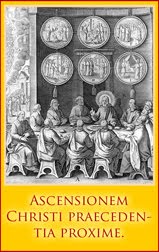
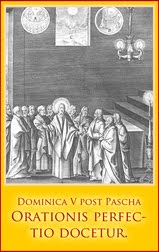

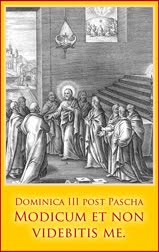

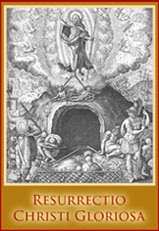
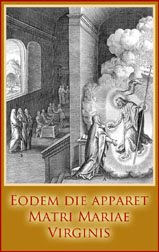
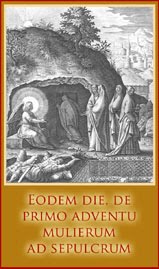
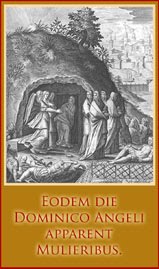
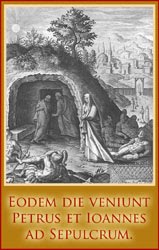
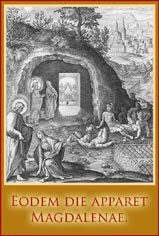



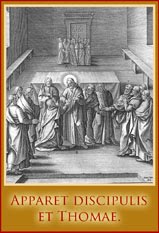

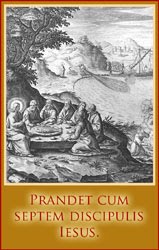

























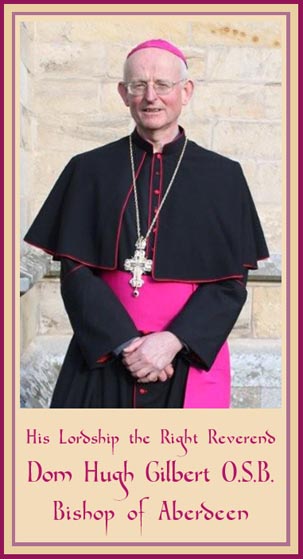








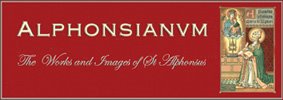




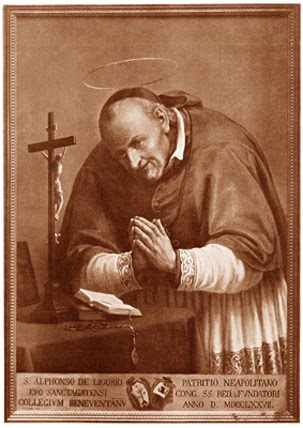






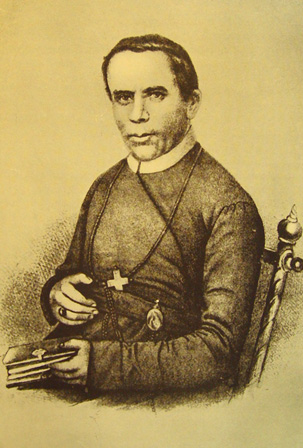












.jpeg)










